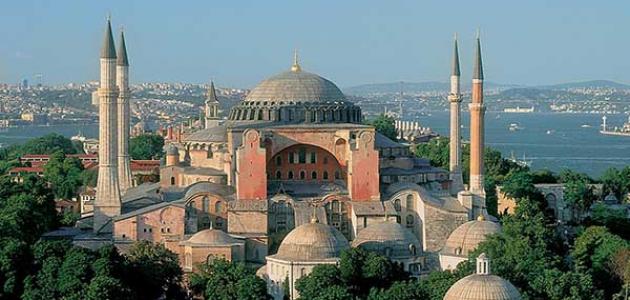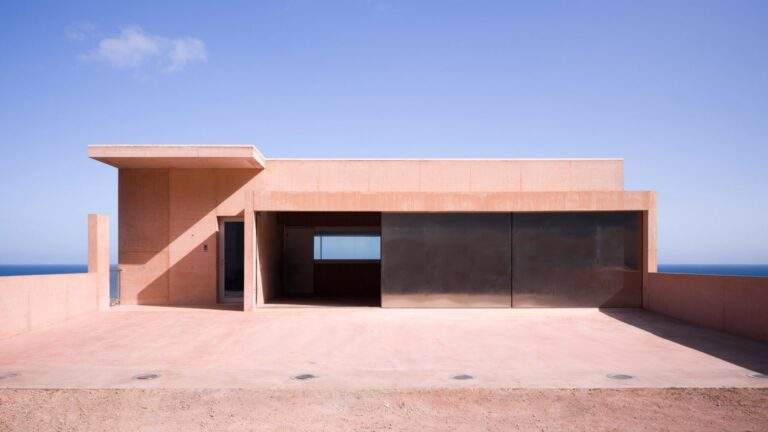Byzantine Architecture: Masterpieces Through History
Byzantine architecture stands as one of the most significant architectural styles of the last 1,500 years. This style pushed the boundaries of architecture, engineering, and the arts. Known as Byzantine architecture, it evolved from the Eastern Roman Empire and is often referred to as Late Roman or Eastern Roman architecture.
In this article, we will explore the origins and development of Byzantine architecture, examine its key visual characteristics, highlight some of its most remarkable examples, and analyze its lasting influence. Additionally, we’ll include a personal critique under the “ArchUp Opinion” section and conclude with a FAQ and summary table for clarity.
Key Points Overview
We will begin by discussing the historical background and influences that shaped Byzantine architecture. Then, we’ll outline its main characteristics, such as mosaics, rounded arches, and domes. Following that, we’ll present ten outstanding examples of Byzantine structures, ranging from religious buildings to fortifications. Finally, we’ll assess the legacy of Byzantine architecture and its continued relevance today.
Origins and Development of Byzantine Architecture
Historical Context
Byzantine architecture emerged as an extension of the Eastern Roman Empire, which lasted from the 5th century until the fall of Constantinople in 1453 AD. The Byzantines considered themselves the continuation of the Roman Empire and even referred to themselves as “Romans.” Their political systems and cultural standards were similar to those of ancient Rome, though they developed distinct innovations over time.

Classical Influences
The early Byzantine style was heavily influenced by Roman and Greek architecture. For instance, column capitals derived from the Doric, Ionic, and Corinthian orders were commonly used. Over time, however, Byzantine architects introduced new elements, such as more complex geometric designs, intricate mosaics, and massive domes supported by robust piers.
“The Byzantines were not merely continuators of Roman traditions but innovators who added their unique touches.”
Source: Encyclopedia Britannica.

Key Characteristics of Byzantine Architecture
Mosaics
Mosaics are among the most defining features of Byzantine art and architecture. These artworks depicted religious themes as well as important historical figures. Many churches from this era feature stunning mosaics on their ceilings and walls, crafted not only for Byzantine patrons but also for Venetians and Norman kings in Sicily.
Rounded Arches
After the fall of the Western Roman Empire, rounded arches—popular in ancient Roman architecture—remained a prominent feature in Byzantine design. Structures like the Basilica of San Vitale showcase circular openings and robust supports on their facades.
Domes
Domes became a hallmark of Byzantine architecture, symbolizing grandeur and divine space. The Hagia Sophia, for example, featured the largest dome in the world at the time of its completion, surpassing even the Pantheon in Rome.
Religious Inspiration
The Eastern Orthodox Church, established in Constantinople, profoundly influenced Byzantine architecture. Religious motifs and Orthodox Christian iconography are evident in nearly all Byzantine church designs.

Ten Remarkable Examples of Byzantine Architecture
1. Hagia Sophia, Turkey
Hagia Sophia is arguably the crown jewel of Byzantine architecture. Built in just under six years, it was the largest building in the world at the time. Its massive dome remains an engineering marvel.
2. Basilica of San Vitale, Italy
This structure exemplifies centrally planned church architecture and is renowned for its breathtaking mosaics.
3. Theodosian Walls, Turkey
These triple-layered walls protected Constantinople for centuries and remain one of the greatest feats of ancient military engineering.
4. Basilica Cistern, Turkey
An underground water reservoir holding 2.8 million cubic feet of water, this cistern features 336 marble columns and intricate carvings.
5. Heptapyrgion and Walls of Thessaloniki, Greece
A fortified structure and defensive walls that rivaled Constantinople’s defenses during the Byzantine era.
6. Saint Apollinare Nuovo, Italy
Known for its linear basilica design and exquisite mosaics, this church reflects the blend of Roman and Byzantine styles.
7. Monastery of Pantokrator, Turkey
The second-largest Byzantine sacred building still standing, featuring two churches and a chapel made of brick.
8. Ankara Castle, Turkey
A massive fortress built to defend the eastern borders of the Byzantine Empire, showcasing classic medieval military architecture.
9. Our Lady of Seydna Monastery, Syria
One of the finest examples of Byzantine architecture in Syria, despite the empire’s relatively short rule in the region.
10. Saint Apollinare in Classe, Italy
Similar to its sister church, this basilica highlights the linear design typical of Byzantine religious structures.
ArchUp Opinion: Analysis and Critique
Byzantine architecture represents a pivotal moment in architectural history. While it drew heavily from classical traditions, it introduced groundbreaking innovations, particularly in dome construction and mosaic artistry. However, there are areas where criticism can be levied. For instance, the heavy focus on religious architecture may have limited diversity in secular building designs.
On the other hand, Byzantine architecture reflects the empire’s cultural and political power. Yet, one might wonder if greater emphasis on urban planning and civic structures could have left a more varied legacy. Nevertheless, the enduring influence of Byzantine architecture is undeniable, inspiring countless generations of builders and designers.
Frequently Asked Questions (FAQ)
1. What are the main features of Byzantine architecture?
Key features include mosaics, rounded arches, massive domes, and intricate decorative elements.
2. What are some famous examples of Byzantine architecture?
Notable examples include Hagia Sophia, Basilica of San Vitale, and the Theodosian Walls.
3. How did Byzantine architecture influence the world?
It impacted art and architecture across Europe and the Middle East, continuing to inspire modern designs.
Summary Table
| Element | Description |
|---|---|
| Origins | Evolved from the Eastern Roman Empire, influenced by Greek and Roman styles. |
| Key Features | Mosaics, rounded arches, domes, and intricate decorations. |
| Famous Examples | Hagia Sophia, Basilica of San Vitale, Theodosian Walls. |
| Historical Significance | Shaped global architectural trends and remains influential today. |
In conclusion, Byzantine architecture is not merely a style but a testament to the ingenuity and cultural richness of its time. Its innovations continue to resonate in contemporary architecture, making it a subject worthy of study and appreciation.







